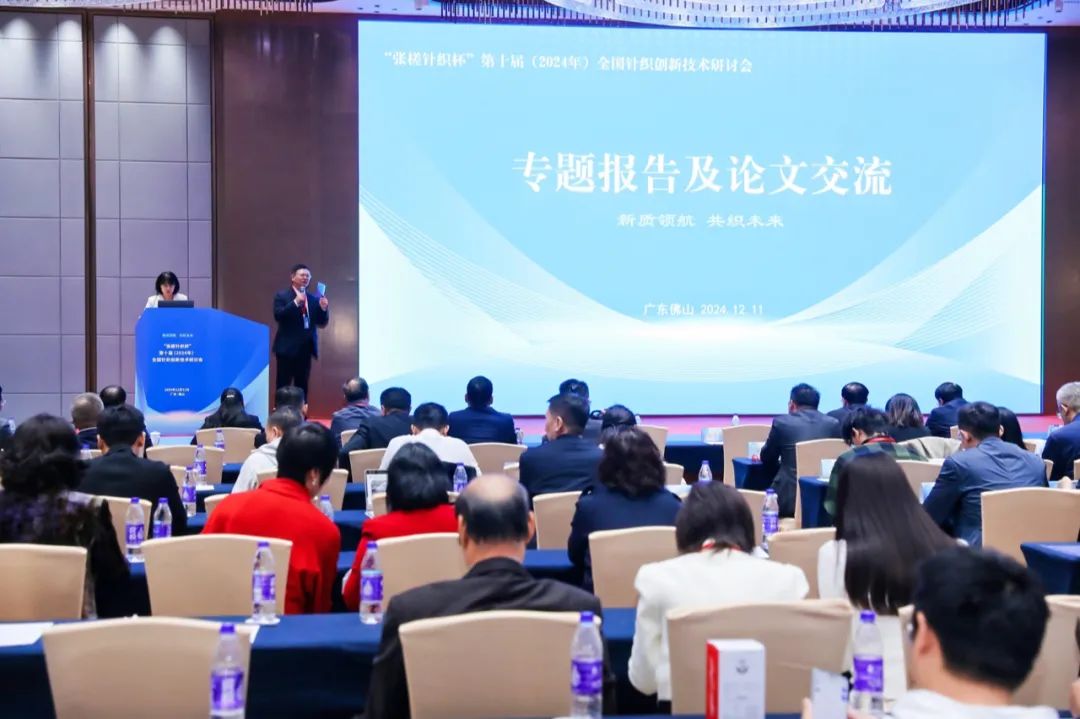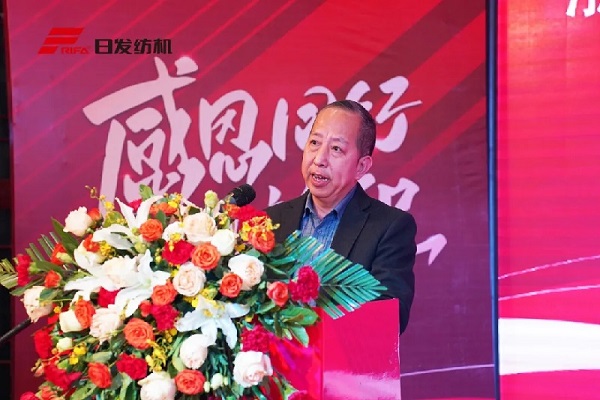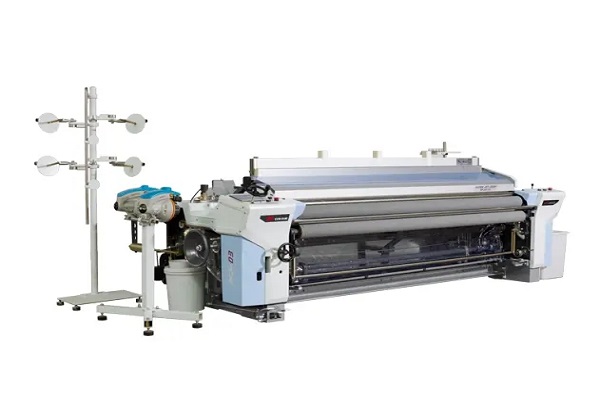En
As an important equipment in the field of textile machinery, the development of rapier jacquard weaving machine technology is directly related to the progress of the entire textile industry. With the continuous changes in the global textile market and the increasing diversification of consumer demands, the technology of rapier jacquard weaving machines is also facing new opportunities and challenges. Currently, rapier jacquard weaving machine technology has made significant progress in areas such as speed, precision, and stability, but it still needs to further adapt to market demands and enhance the levels of automation and intelligence.
With the continuous development of technology, high automation and intelligence will become important development directions for rapier jacquard weaving machine technology. By introducing advanced control systems and sensor technology, rapier jacquard weaving machines will be able to achieve a more precise and efficient production process. For example, through intelligent control systems, rapier loom can automatically identify yarn types, colors, and others, and automatically adjust weaving parameters to achieve customized production. Additionally, by integrating the networking and large data technologies, the rapier jacquard weaving machines can achieve remote monitoring and fault prediction, improving the stability and reliability of the equipment.
In the context of increasing global environmental awareness, the technology of jacquard rapier loom machine will also advance towards environmental protection and sustainable development. By adopting low-energy, low-emission drive systems and materials, rapier jacquard weaving machines can reduce energy consumption and environmental pollution during the production process. At the same time, the development of new environmentally friendly materials and technologies can achieve green production of fabrics to meet consumer demand for eco-friendly products. Additionally, rapier jacquard weaving machines can integrate the concept of a circular economy to realize the recycling and reuse of waste fabrics, promoting the sustainable development of the textile industry.
With the increasing diversification of consumer demands, personalization and customization will become an important development trend in the textile industry. As a key tool to achieve this trend, rapier jacquard loom technology will continue to introduce more flexible and diversified production modes. By introducing digital design and printing technology, rapier jacquard looms can realize personalized design and rapid production of patterns to meet consumers' demand for unique and novel fabrics. At the same time, combined with intelligent manufacturing and flexible production technology, rapier jacquard looms can achieve customized production of small batches and multiple varieties, reduce production costs and delivery time, and improve market competitiveness.
The future trend of rapier machine technology will move towards high automation, intelligence, environmental protection and sustainable development. At the same time, personalization and customization will also become an important development trend in the textile industry. In the face of these challenges and opportunities, textile companies need to strengthen technological research and development and innovation, actively introduce and apply new technologies, new processes and new materials, improve production efficiency and product quality, and meet changes in market demand and the personalized needs of consumers. At the same time, textile companies also need to strengthen international cooperation and exchanges to jointly promote the progress and development of the global textile industry.


